CHINT Breakers
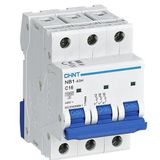
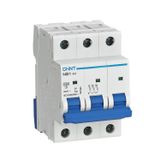


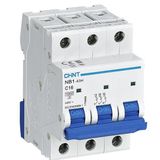
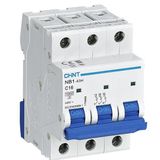
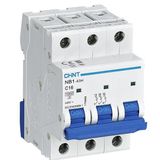



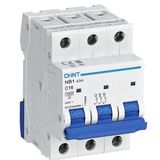
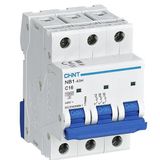
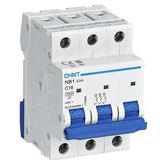

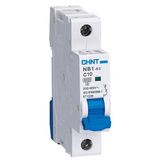


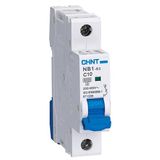
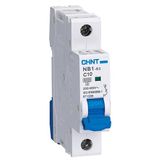


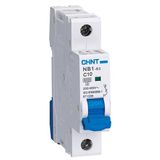

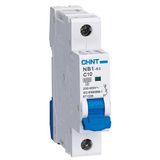
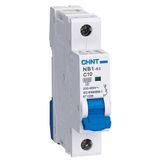


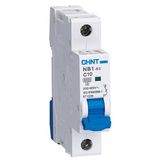
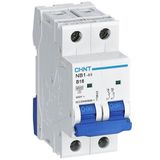
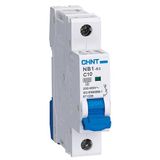

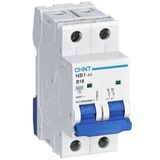

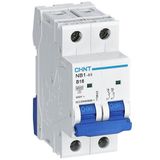
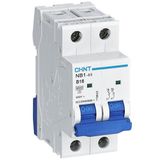
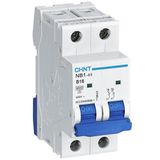
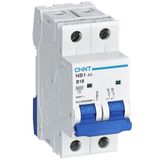
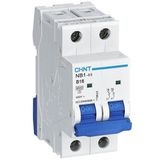

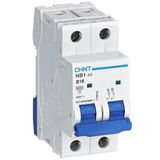
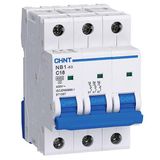
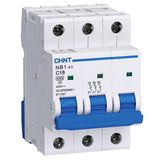
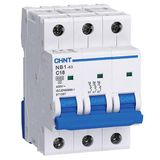

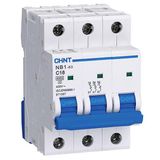



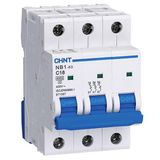



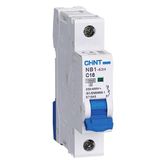
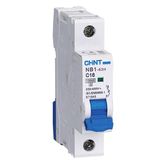



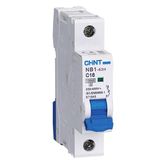


In any power system, protection isn’t an accessory — it’s the backbone. Chint circuit breakers are built on that principle. Whether it’s a small distribution board or a full industrial panel, they carry the same DNA: consistent breaking capacity, reliable contact geometry, and mechanical strength that doesn’t fade with use.
Chint Miniature circuit breakers that stay consistent
In commercial and residential boards, miniature circuit breakers (MCBs) are the first line of defense. Chint MCBs maintain tripping precision even after thousands of operations.
The calibration springs are stainless steel, the arc chutes are properly segmented, and the contact pressure remains stable through temperature swings. That means no nuisance trips, no welded contacts, and no surprises when a fault actually occurs.
Every breaker’s toggle has that deliberate resistance — a clear mechanical “click” that installers recognize. Available in B, C, and D curves, Chint miniature circuit breakers cover the full range of load characteristics, from lighting to heavy inductive circuits.
Chint Molded case circuit breakers for serious load
When the current goes beyond the range of modular devices, Chint molded case circuit breakers (MCCBs) take over.
These breakers are designed for industrial switchboards, with adjustable trip settings for both overload and short-circuit protection.
The housings are thermoset resin, resistant to heat and mechanical shock. Contacts are silver alloy for clean arcing and minimal pitting.
Operators can adjust long-time, short-time, and instantaneous settings through dial or electronic units, ensuring protection curves fit the actual system rather than a default template. It’s the kind of detail that defines reliable distribution.
Chint Power circuit breakers built for endurance
For main switchboards and feeders, Chint power circuit breakers deliver industrial-level interruption capacity.
Arc control systems use magnetic blowout and grid separation to extinguish faults safely, keeping panels intact even under high fault currents.
The mechanisms are tested to tens of thousands of operations — mechanical life that supports heavy-duty industrial schedules.
Optional motorized or shunt-trip modules make them ready for remote operation or integration into automated control systems.
Chint Low-voltage breakers that protect without compromise
From 230 V residential setups to 690 V industrial grids, Chint low-voltage breakers maintain the same build philosophy: accuracy and serviceability.
The trip elements are precision-calibrated; thermal curves are verified under IEC/EN 60898 and 60947 standards. The insulation strength stays stable under heat and humidity — crucial for panels installed in non-climate-controlled environments.
Installers appreciate the modularity: uniform terminal spacing, clear labeling, and accessories that clip in without tools.
Chint Breaker accessories that extend control
Protection is only part of the job — monitoring and connectivity finish it. Chint breaker accessories include auxiliary contacts, shunt trips, under-voltage releases, rotary handles, and interlock kits.
Each module integrates into the same mechanical form factor, so you can retrofit an existing breaker without changing the busbar setup.
The accessories align perfectly — no interference with neighboring poles or panel doors. Everything feels engineered, not improvised.
Distribution breakers that simplify layouts
In distribution panels, space and clarity define good design. Chint distribution breakers use compact frames and common mounting rails.
Busbar connectors are pre-sized, reducing wiring errors and installation time. The labels are laser-marked, visible from both top and side — a detail that saves time during maintenance.
Because of consistent dimensions across series, you can mix 1P, 2P, 3P, and 4P modules without layout recalculation. It’s practical, efficient, and clean.
Mechanical quality you can feel
Every Chint breaker — from the smallest 6 A MCB to the largest MCCB — carries the same tactile precision. The toggles don’t wobble, terminals don’t strip, and housings don’t deform.
Electricians often judge breakers by the torque feel on the terminal screws; Chint passes that test easily. The clamping plates bite evenly across conductor strands, ensuring a reliable connection under load.
Even after repeated trips, the mechanism resets with the same firmness. It’s a sign of genuine mechanical integrity.
Engineered for real conditions
Chint breakers are tested in the same environments they’re meant to protect: heat, dust, vibration, and load cycling. The goal isn’t just compliance — it’s durability.
They’re used in switchboards, automation panels, solar combiner boxes, and distribution networks across Europe and Asia because they don’t drift out of spec.
Thermal and magnetic tripping units are locked from factory calibration, ensuring fault protection remains precise over years of service.
Chint Wholesale and B2B distribution
At Bank of Lamps, we supply the complete Chint circuit breakers range — miniature circuit breakers, molded case breakers, power breakers, and low-voltage distribution models — along with all breaker accessories for professional installations.
Our stock supports contractors, switchboard builders, and industrial maintenance teams working under tight project schedules.
Orders ship quickly from European warehouses — Germany, Netherlands, France, UK, Spain, and Baltics — complete with datasheets, coordination charts, and tripping curve references.